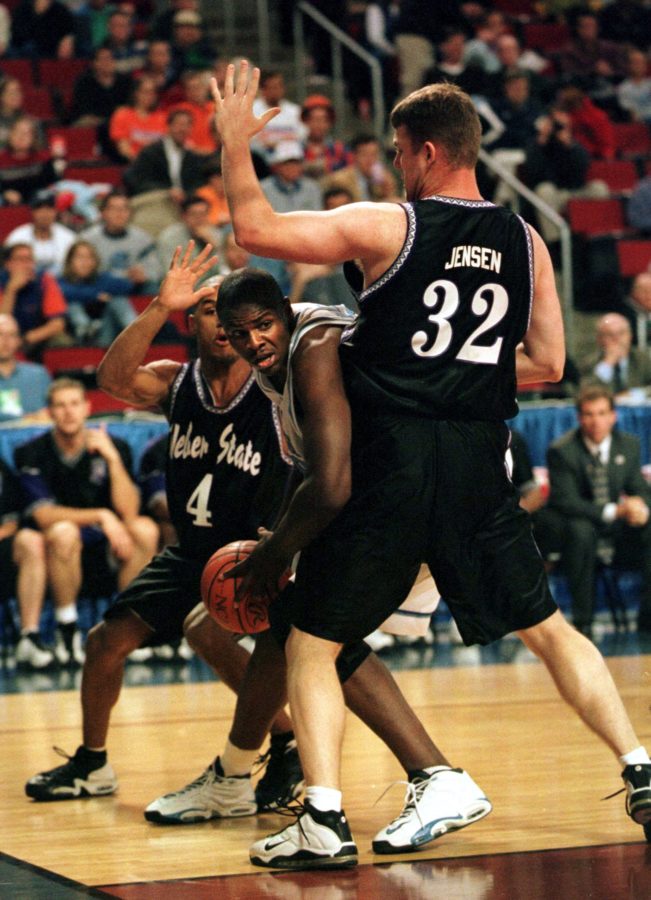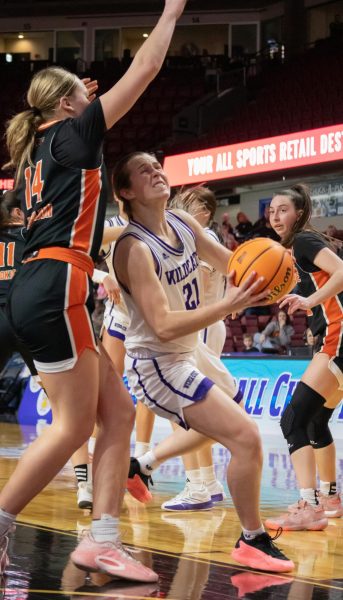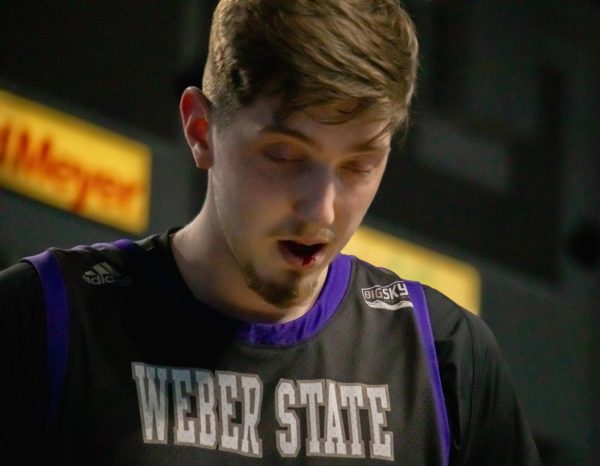OPINION: A recipe for a successful Big Sky March Madness team
With teams like Florida Atlantic University and San Diego State University landing in the Final Four, this year’s NCAA men’s basketball tournament has featured multiple upsets.
That said, while some small programs like Furman University, Fairleigh Dickinson University and Princeton University were able to go further than the round of 64, Montana State University became the 16th Big Sky conference champion in a row to not win a game during March Madness.
The last time a Big Sky team advanced to the round of 32 was 2006, when the University of Montana beat the University of Nevada 87–79 on March 16. After a 17-year drought, it’s time to look at what the next conference champion needs to win in March.
Analyzing The Past
Before the Grizzlies, the last Big Sky team to advance to the round of 32 was Weber State University in 1999, after beating the University of North Carolina 76–74.
During their wins, Montana was a No. 12 seed and the Wildcats a No. 14 seed. Comparing stats, both teams averaged 79 points per game. The teams performed similarly on defense as well, with the Grizzlies allowing 71 points per game and Weber State giving up 73.
From beyond the arc, the Wildcats made 6.4 3-pointers per game, shooting .377. Montana averaged slightly more from 3-point range by averaging 7.4 points from beyond the arc and shooting .386.
On the glass, both teams averaged just over 35 rebounds per game. They also made it to the line at about the same rate, averaging just over 21 attempts from the charity stripe.
While some stats between the two are close, the team’s’ lineups are fairly different from each other. Both had three players averaging over 10 points, but Montana’s five top scorers averaged 73.8% of their team’s points per game while the Wildcats averaged 80.7%.
Weber State’s guards Eddie Gill and Noel Jackson were able to create shots and feed to players like forward Harold Arceneaux, who averaged 22.3 points per game.
The Grizzlies relied more on balance with forward Andrew Strait and Kevin Criswell both averaging around 16 points per game. Also, Montana’s bench averaged over 6 more points per game than the Wildcats did.
What does it take now?
Looking at Montana and Weber State’s winning teams side by side, there are definitely similarities. That said, both teams are over 17 years old. There are some current examples that can help answer the question of what it takes.
What made Furman successful against the University of Virginia this year was their ability to score from beyond the arc. On average, the team made 9.4 3-pointers per game, shooting .344. During their season, the Paladins averaged 80.9 points per game, overwhelming the Cavaliers, who typically relied on their strong defense to take pressure off their low-scoring offense.
A similar case can be made for Fairleigh Dickinson University, who made an average of 8.2 3-pointers per game and shot .237 from beyond the arc. That said, the Knight’s’ secret weapons were forward Cameron Tweedy and guard Heru Bligen, two bench players who combined for 16 points. Bench production also helped Princeton University take down the University of Arizona 59–55 as forward Zach Martini and guard Blake Peters combined for 16 points.
The perfect team?
While there’s no perfect model, teams that are able to make surprises in the tournament typically have high-powered offenses that can score from beyond the arc. While great overall performance from the bench helps, having just two players who can sub in and score seems to trouble higher-seeded teams.
That said, there’s a reason it’s called March Madness. A predictable tournament doesn’t exist and neither do certain wins. The Big Sky receives a tournament bid every year for the conference championship, meaning the next round of 32 for a Big Sky champion could be just around the corner.












